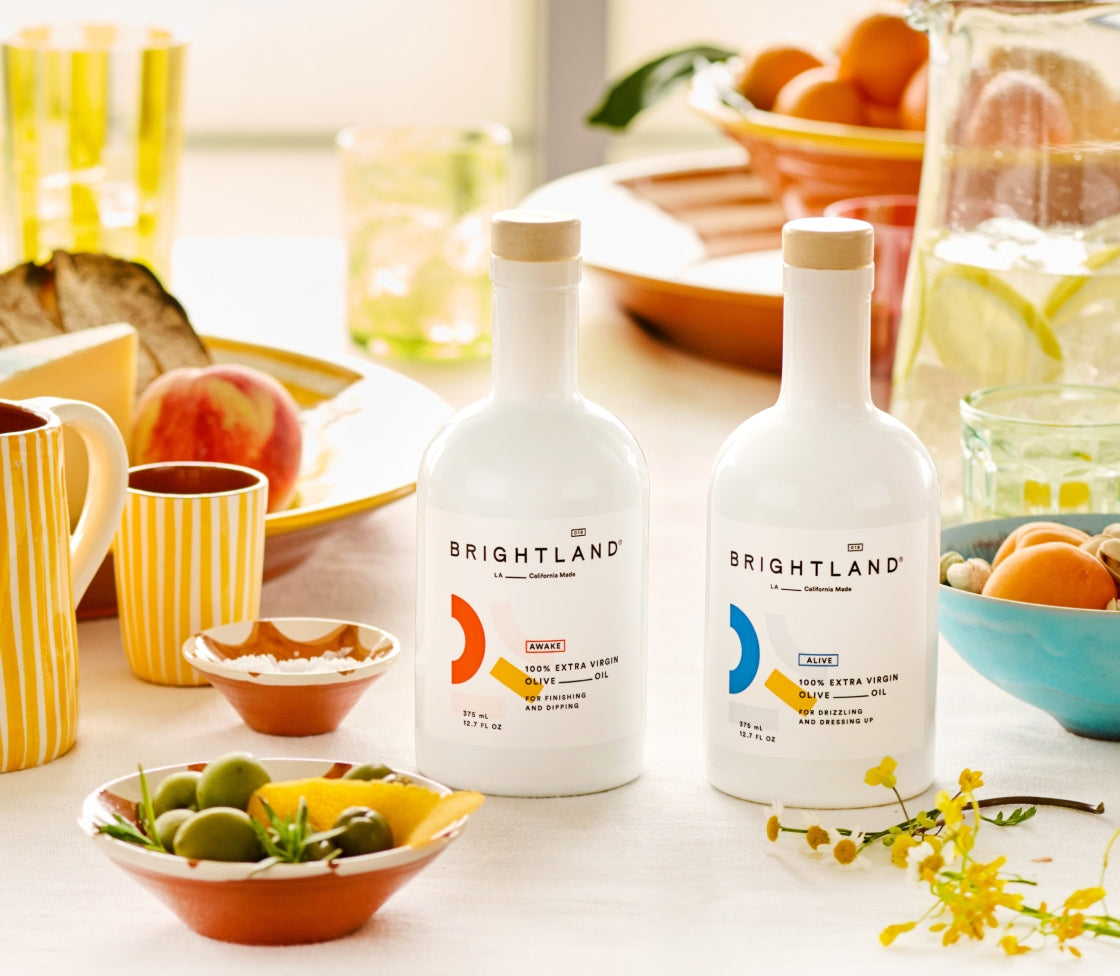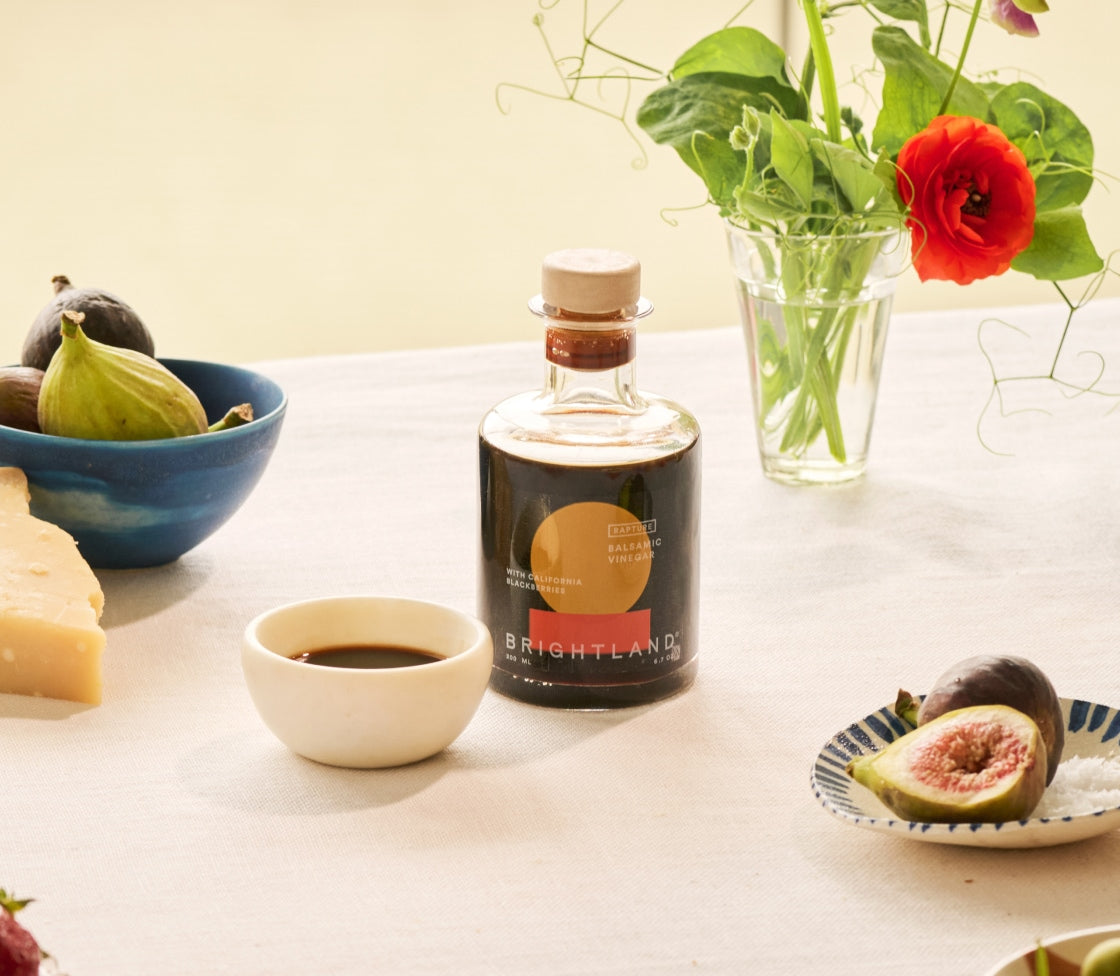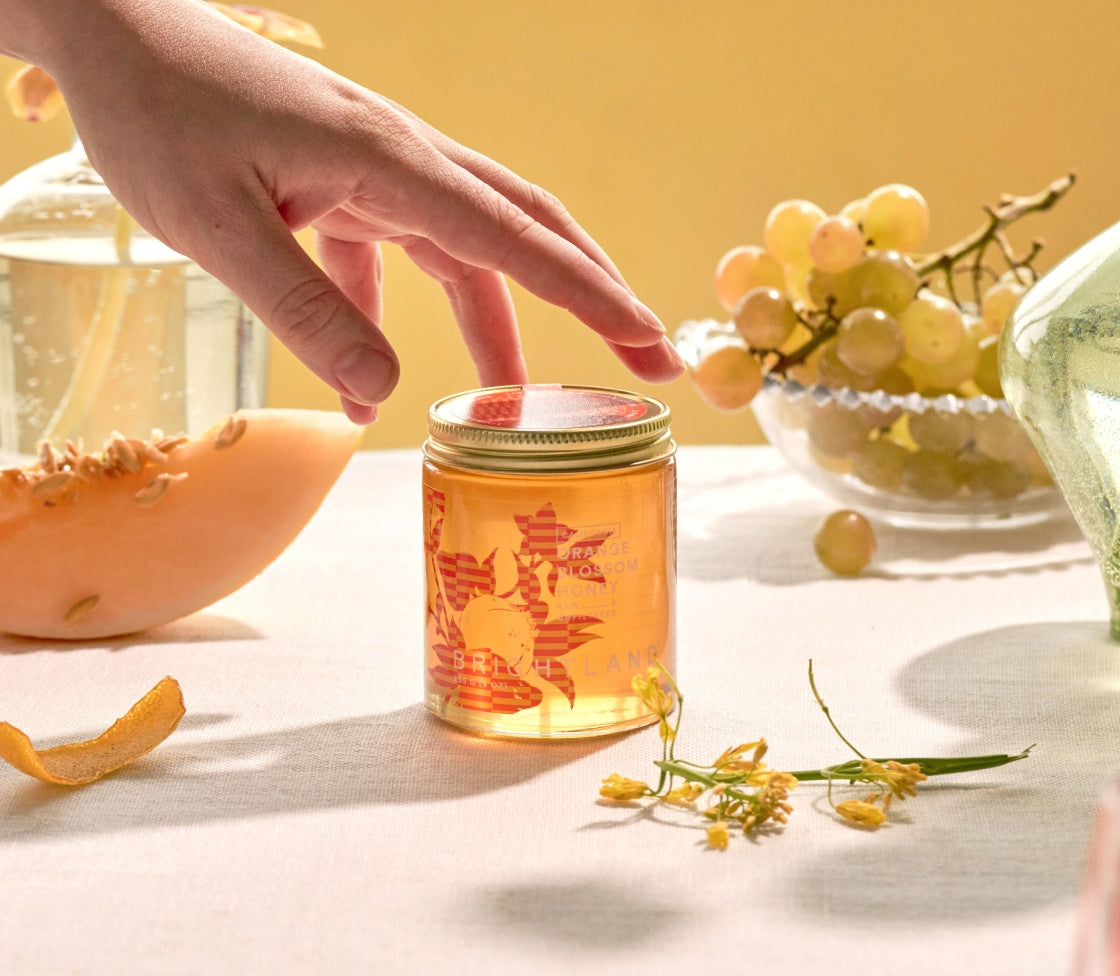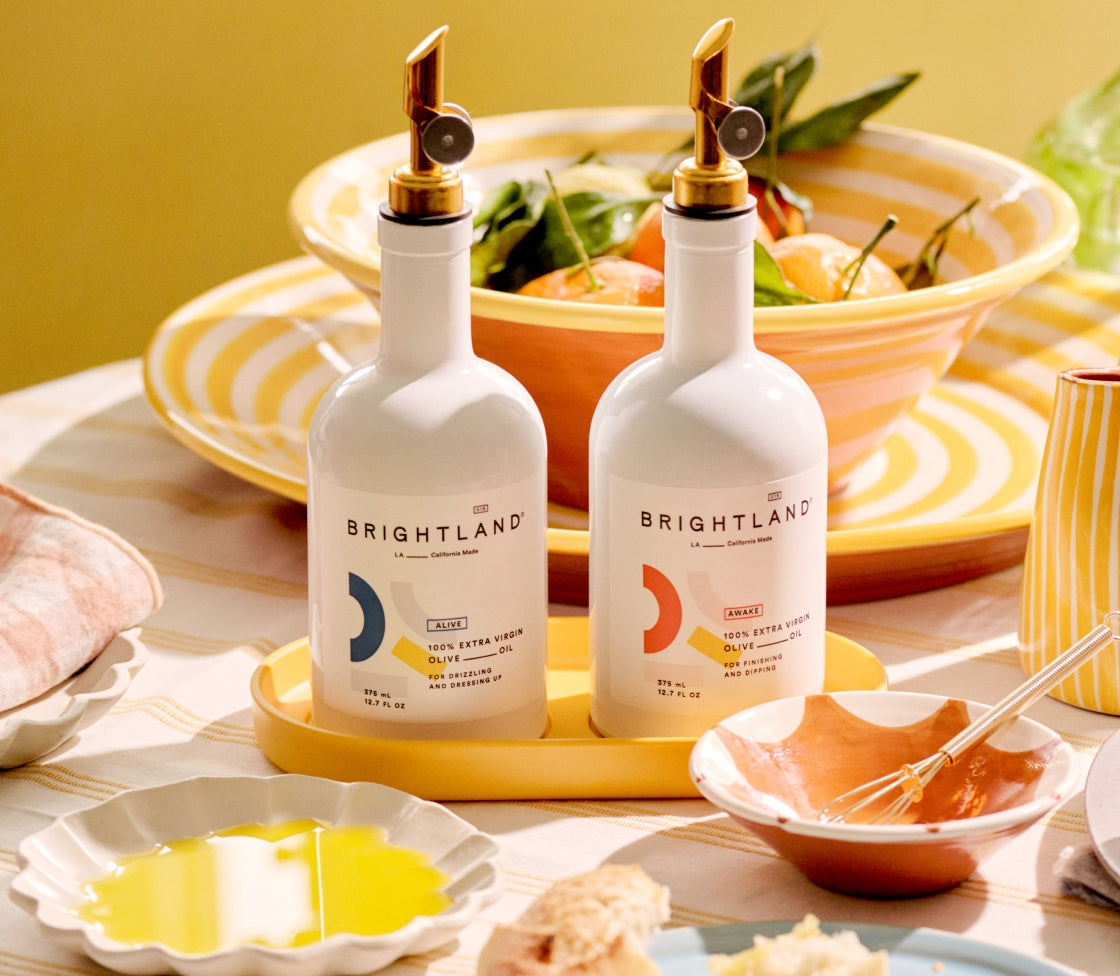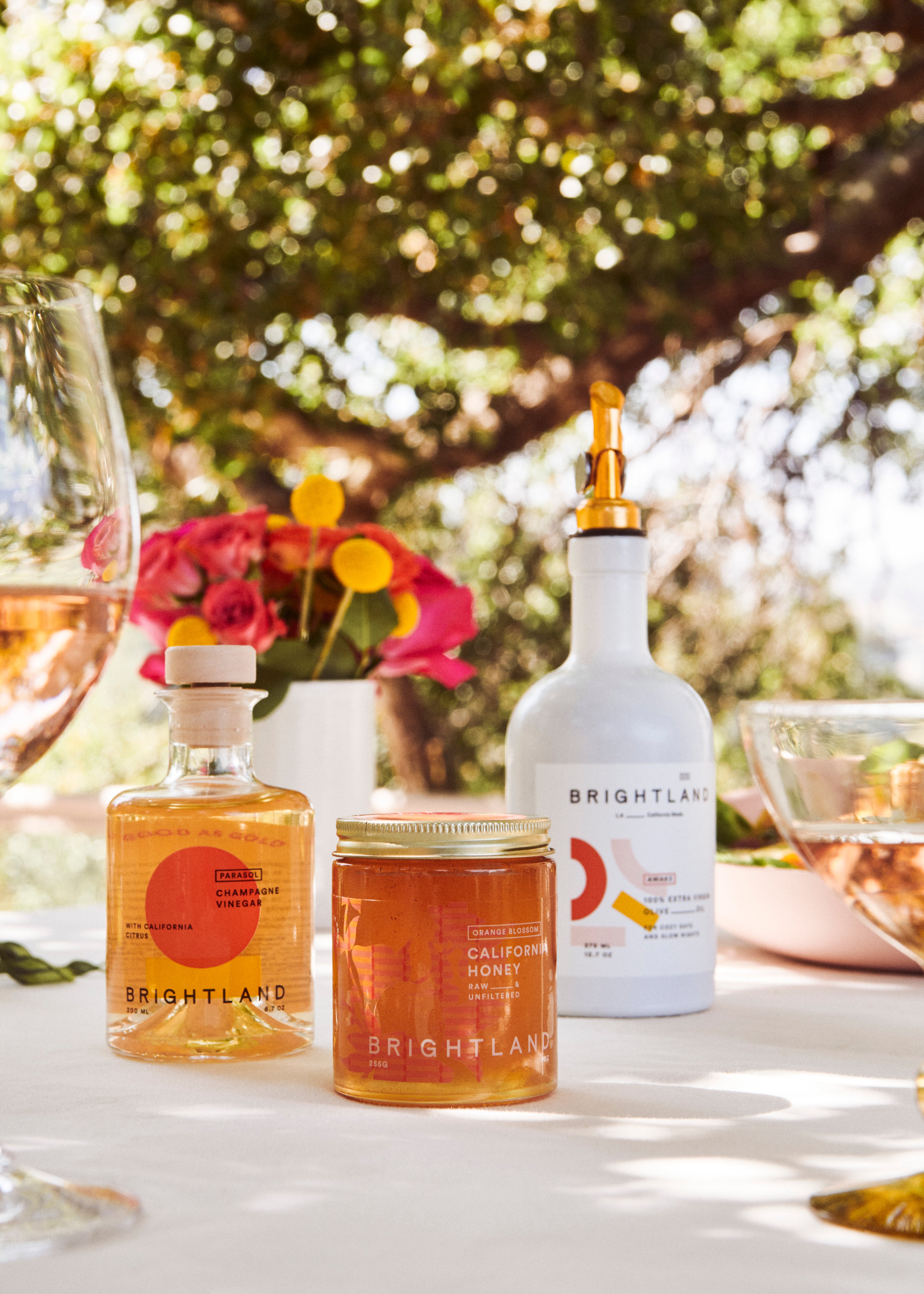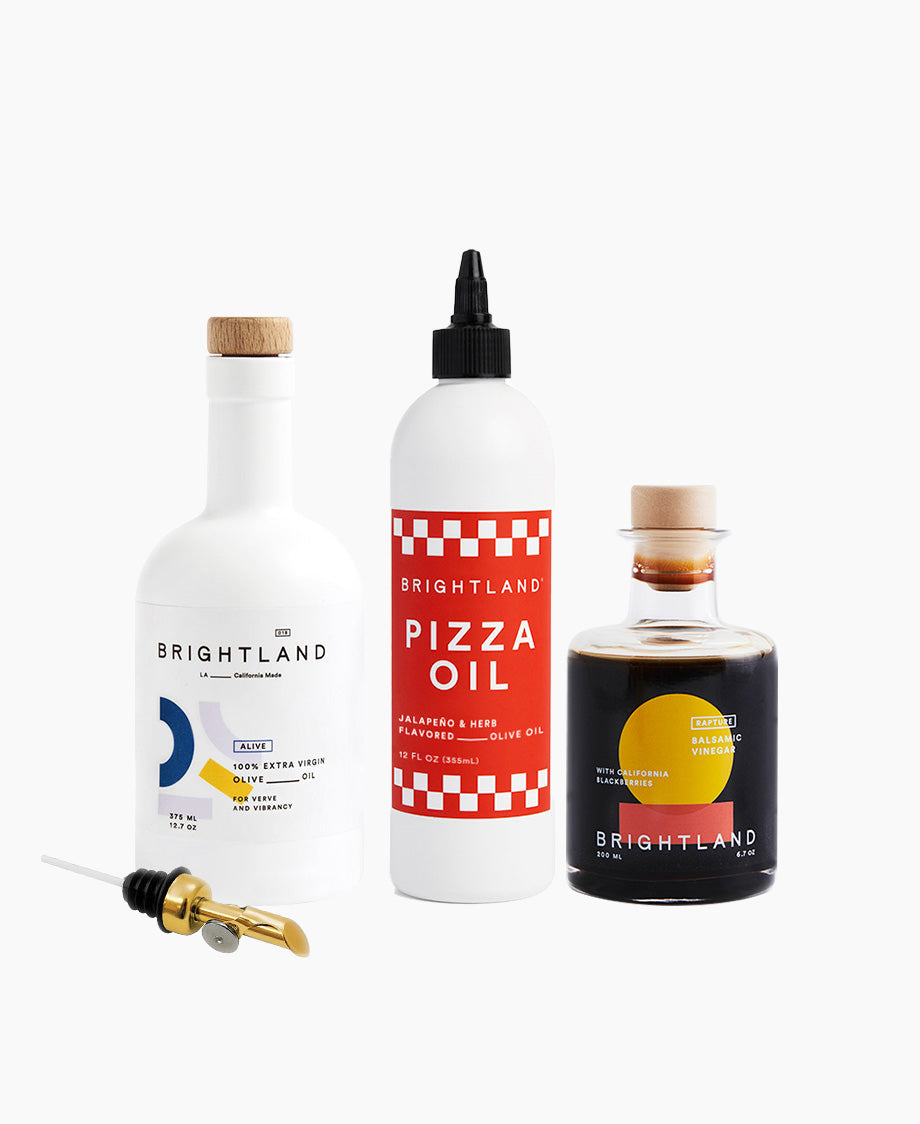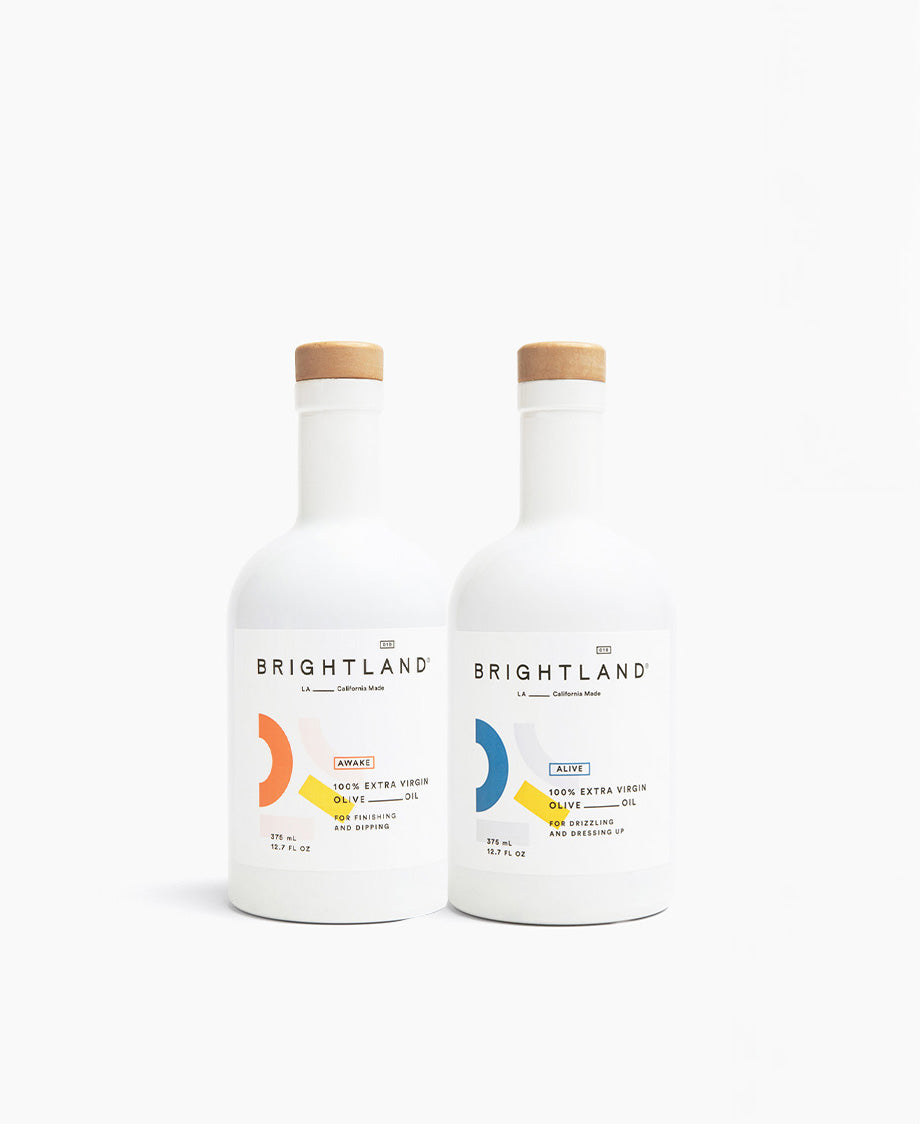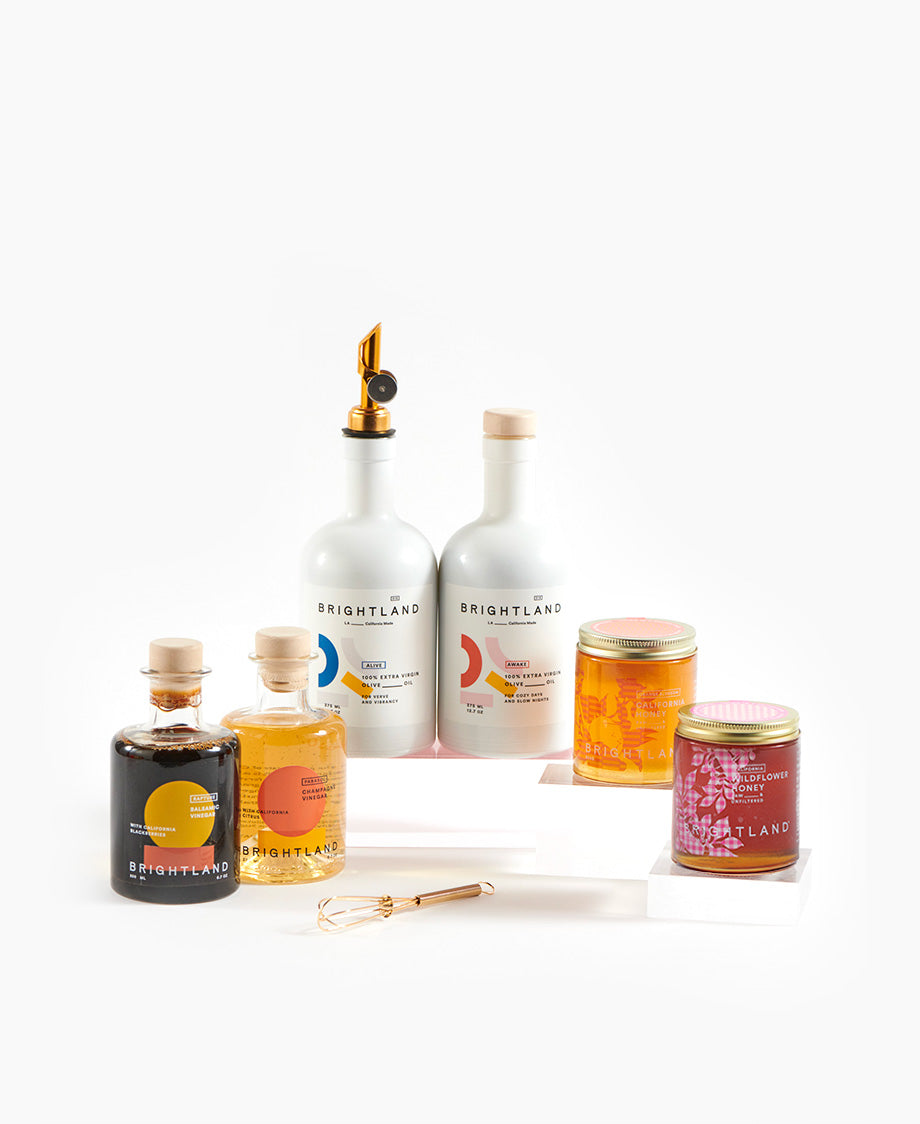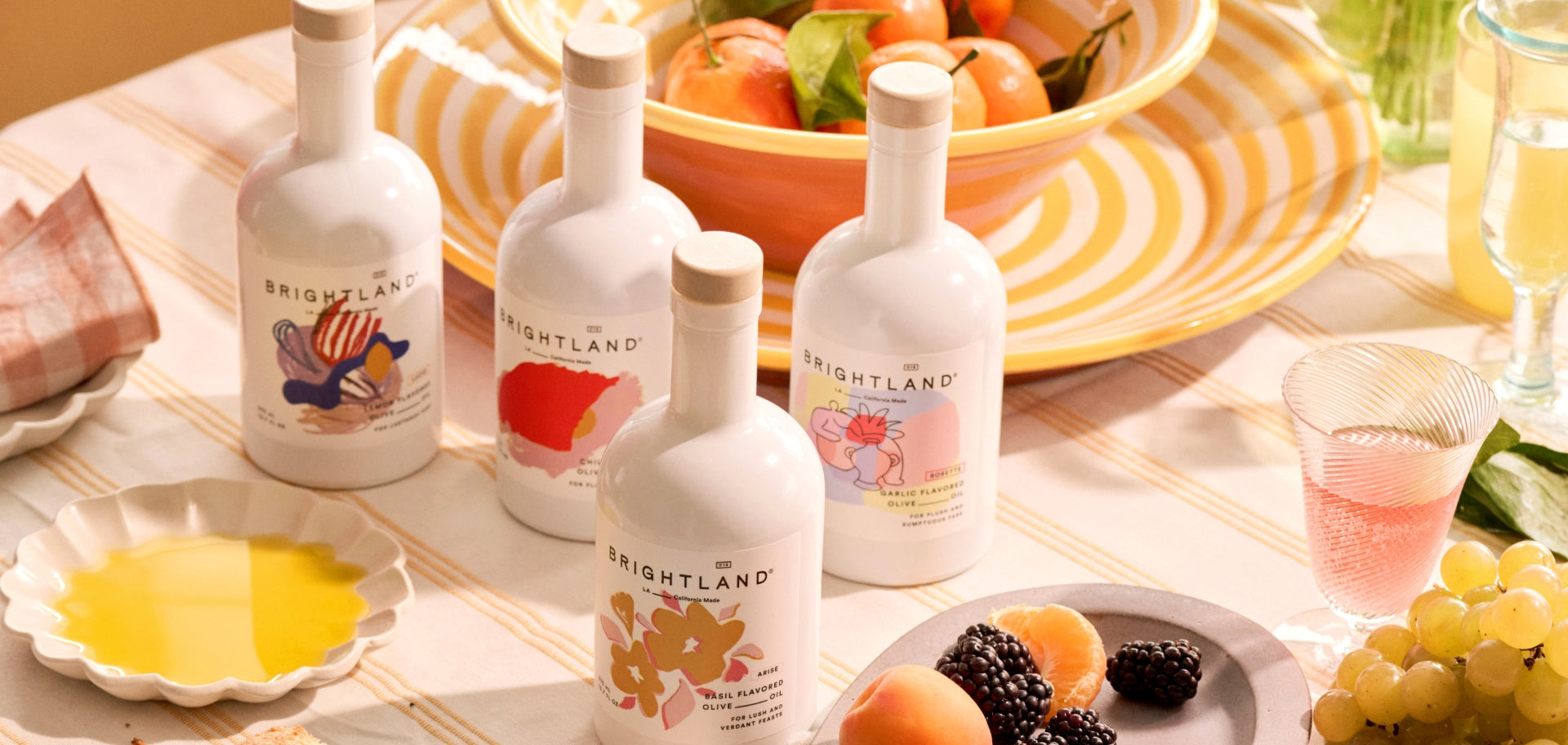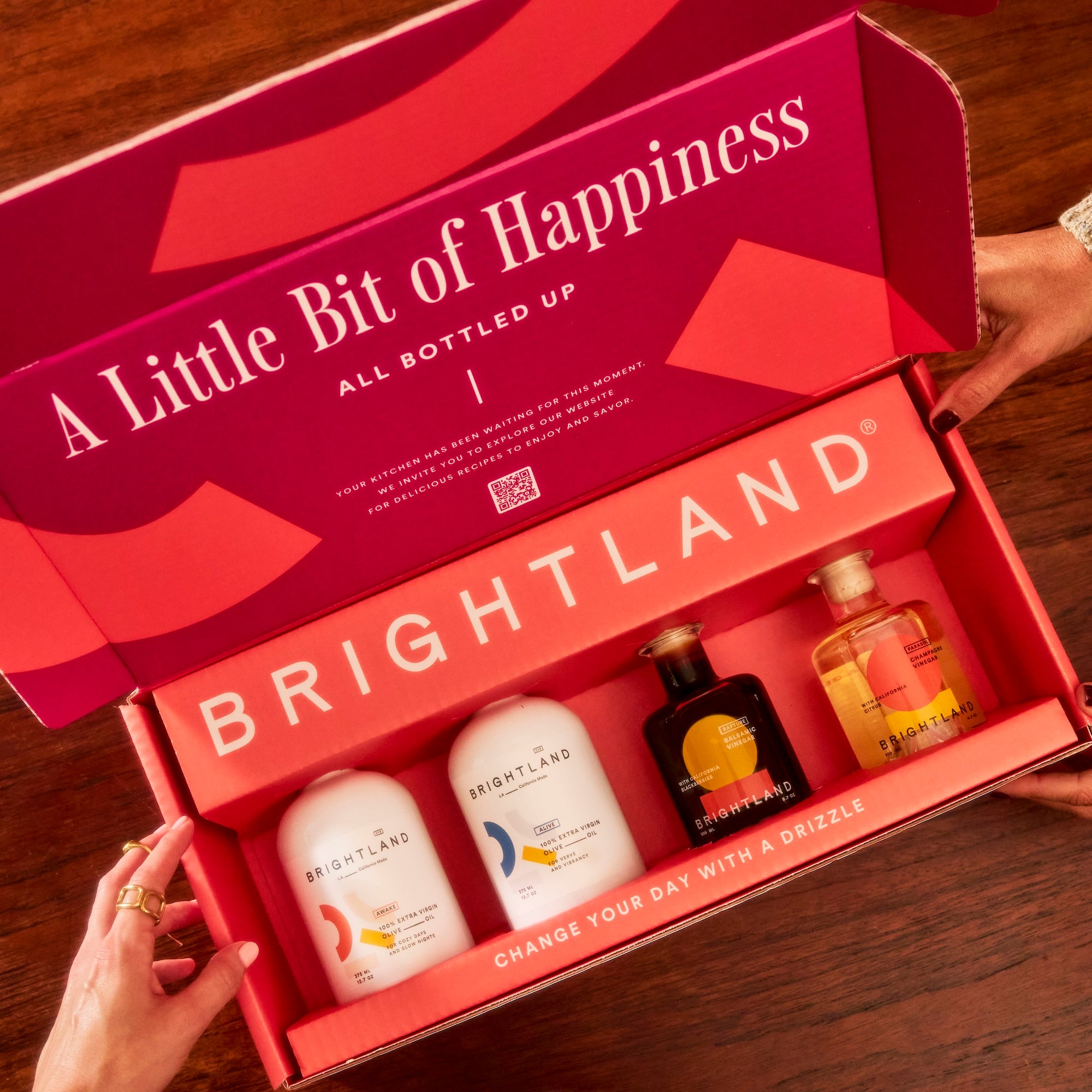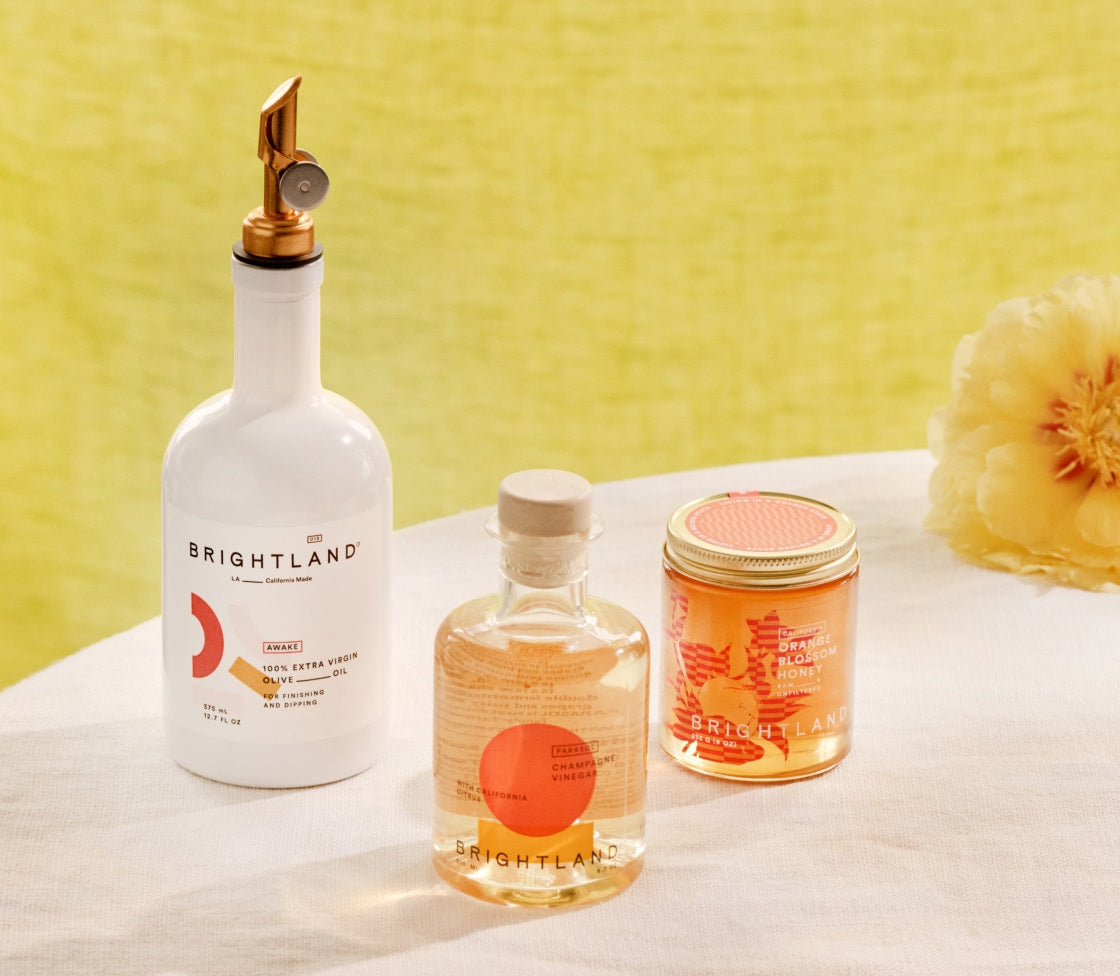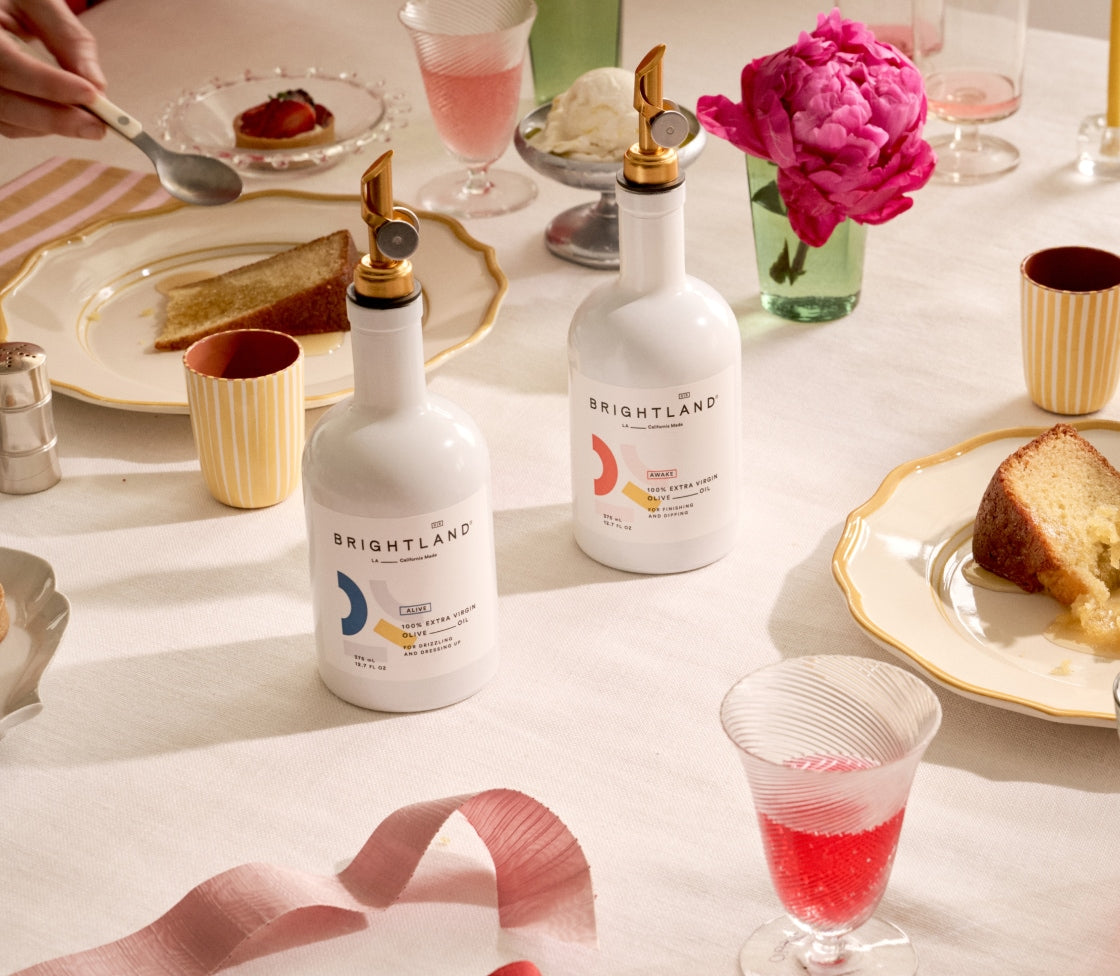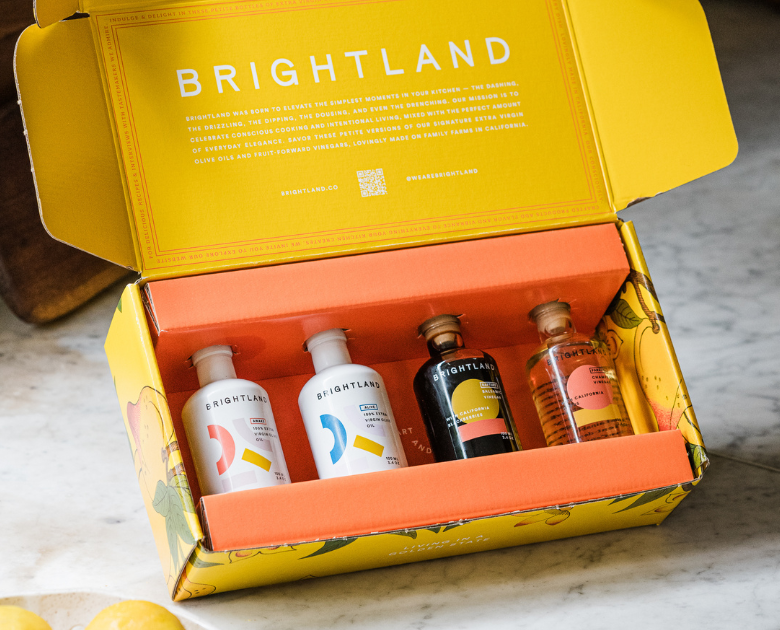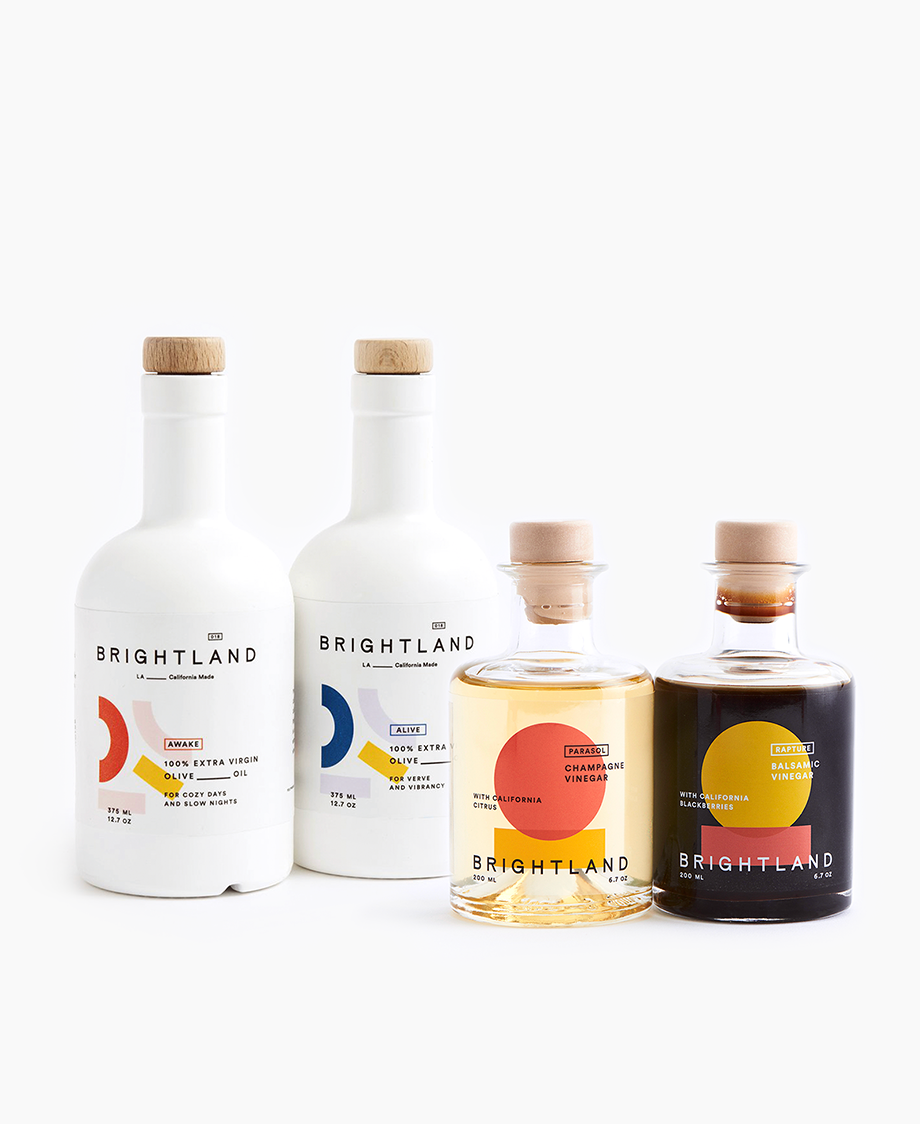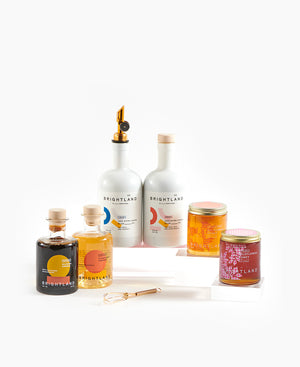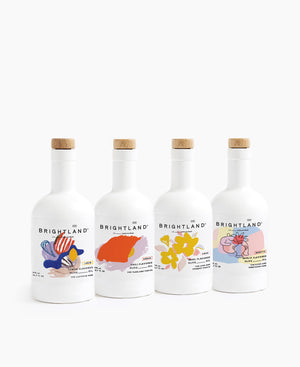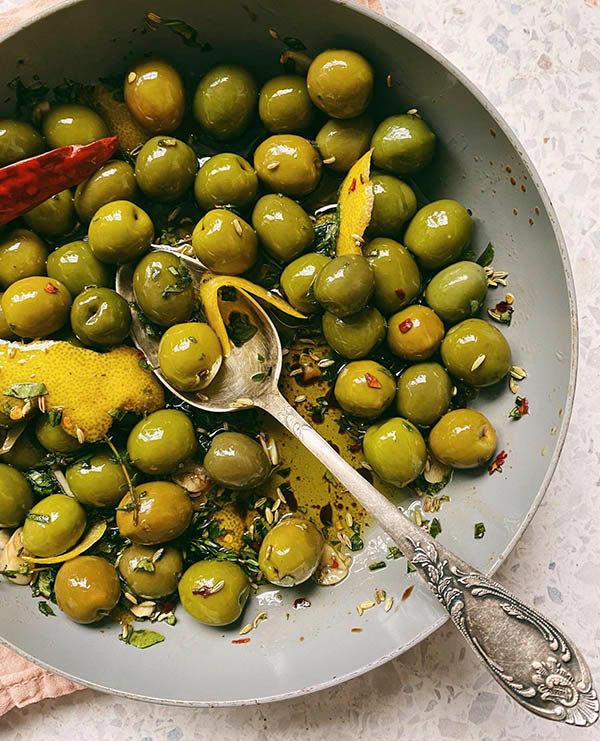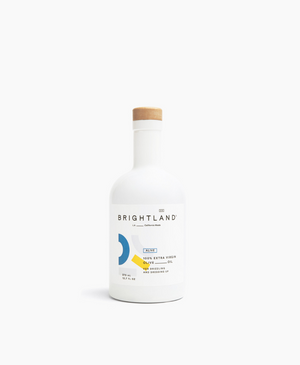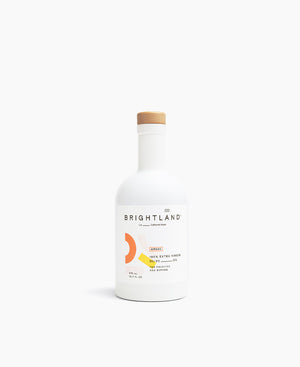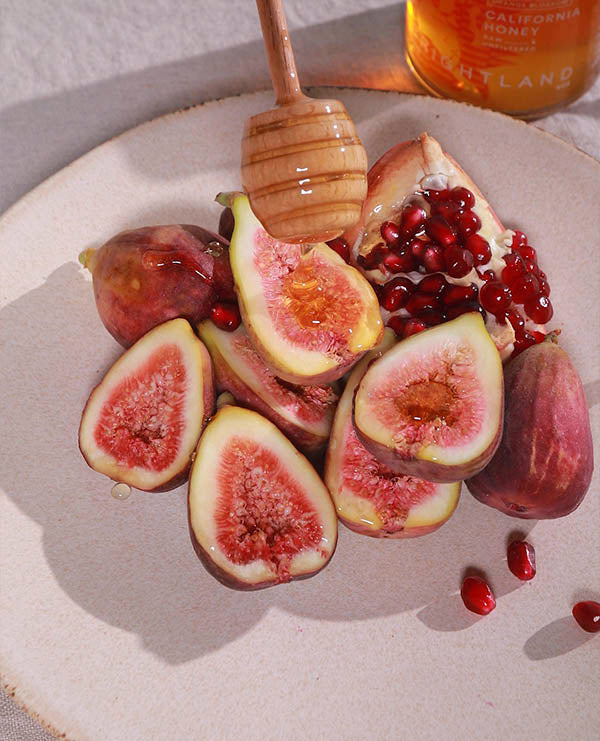[open type="rte"]
You have probably heard that certain foods can be acidic, so naturally you might be wondering whether or not olive oil is acidic and what effect that acidity might have on the flavor. In this quick guide, we will cover everything that you need to know about olive oil acidity, including whether or not it is actually acidic.
[close type="rte"][open type="images" small="true"]

[close type="images"][open type="rte"]
What Is Olive Oil’s Acidity?
Acidity in olive oil refers not to the taste, but rather to the presence (or lack thereof) of free fatty acids. Free fatty acids are produced when the fat triglycerides in oil react with oxygen and water, causing the fat molecules to break down, a process known as "hydrolysis." Hydrolysis can occur when the olive oil degrades or oxidizes, or if the olive oil is made with damaged or rotten fruit.
Olive oils start with a free fatty acid percentage of zero. Free fatty acids are then sometimes produced afterwards through various means. Extra virgin olive oil has a free fatty acid percentage of less than 0.8 percent, virgin olive oil has a free fatty acid percentage of 0.8 to 2 percent and lampante oil (not for consumption) has a free fatty acid percentage more than 2 percent. In other words, there is a link between extra virgin olive oil quality, flavor and free fatty acid levels — namely that lower levels of free fatty acids mean better flavor and health benefits.
You may notice that we did not list the free fatty acid percentage for refined olive oils. That is because refining will remove acids along with flavor and nutritious compounds such as antioxidants. Thus, free fatty acid percentage is not a relevant metric for determining the quality of refined, non-virgin olive oils.
[close type="rte"][open type="images" count="1"]

[close type="images"][open type="rte"]
How Are Free Fatty Acids Created in Olive Oil?
As we outlined in the above section, some olive oils have different levels of free fatty acids than others. So how exactly do free fatty acids develop in olive oil? The first way is through damage done to the olive fruits before harvesting through hail, pests or falling to the ground. If these events pierce the skin of the olive, then oxygen can enter and start interacting with the oil and water in the olive, causing the fats to break down into free fatty acids.
Olives are further exposed to air and oxygen during the milling and pulping processes. The more prolonged these steps are, the more free fatty acids will be created through oxidation. Higher temperatures will also accelerate the oxidation process, so if the olive oil is heated at any point in the production process, that will also contribute to the development of free fatty acids.
Finally, free fatty acids can develop if the olive oil is improperly stored, either in tanks prior to bottling or in bottles themselves. There may be water present in the tanks, which can start an oxidation reaction. There may also be air in the tanks if they are not completely filled, which will also contribute to hydrolysis. (Fun fact: To reduce the chances of oxidation, some production facilities pump their olive oil tanks with nitrogen instead of oxygen.) Both of these situations can also occur on a smaller scale within a bottle of olive oil, causing the further development of free fatty acids. To reduce risk of oxidation, always keep olive oil bottles sealed when not in use, and consider purchasing smaller bottles more frequently.
[close type="rte"][open type="images" count="1"]

[close type="images"][open type="rte"]
If you are on the hunt for a delicious tasting extra virgin olive oil, then consider browsing our selection here at Brightland. We carefully source each of our olive oils from farms in California, blending together different olive varieties to create unique yet versatile olive oils. Because all of our olive oil is produced domestically, we can oversee it for the highest level of quality control to ensure that you get a great tasting bottle of olive oil on your doorstep every time. We offer a set of extra virgin olive oil, as well as flavored olive oils infused with various flavors so you can find your ideal one.
[close type="rte"]
